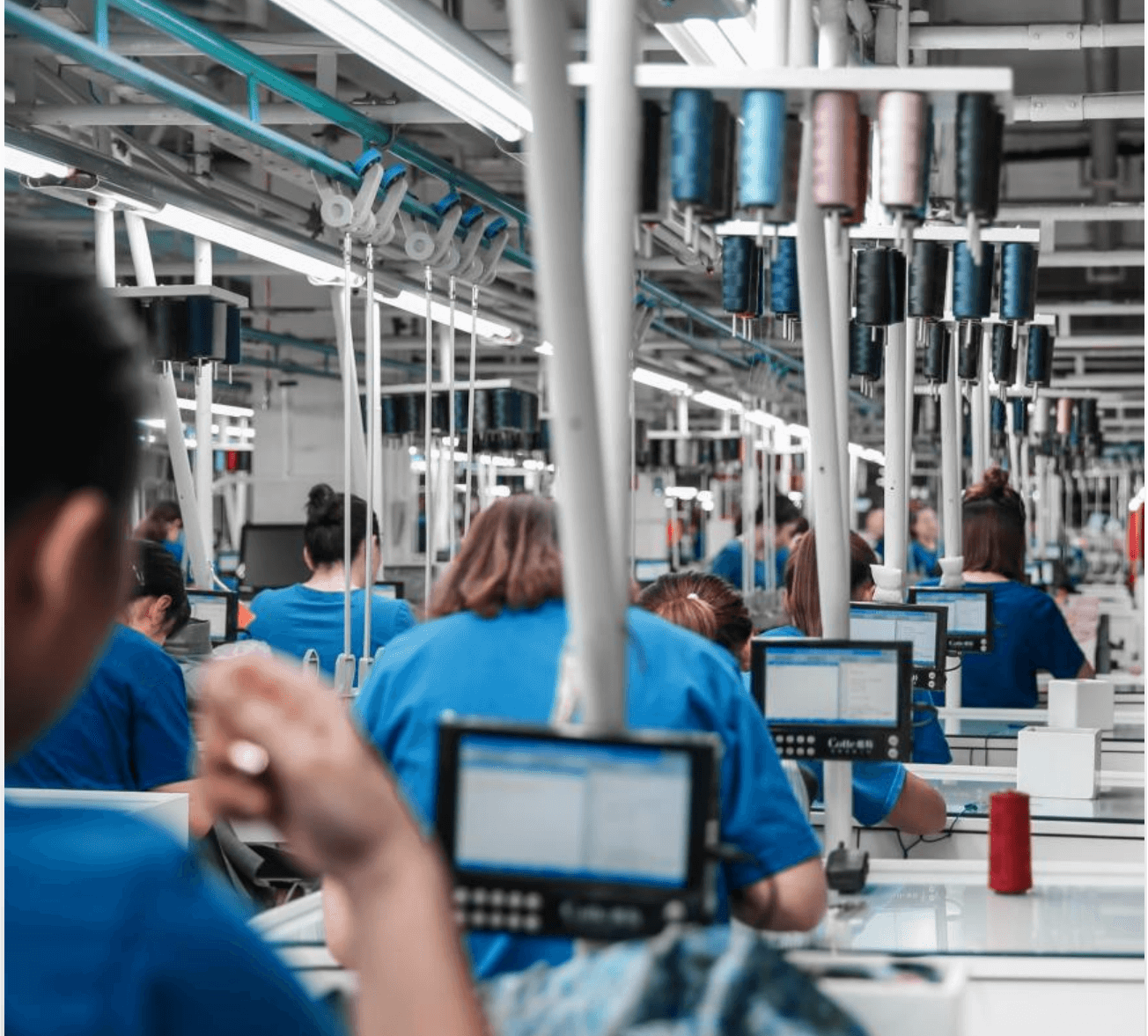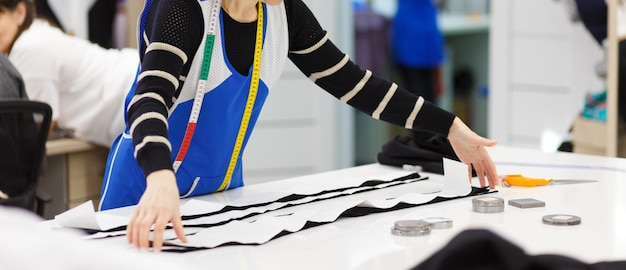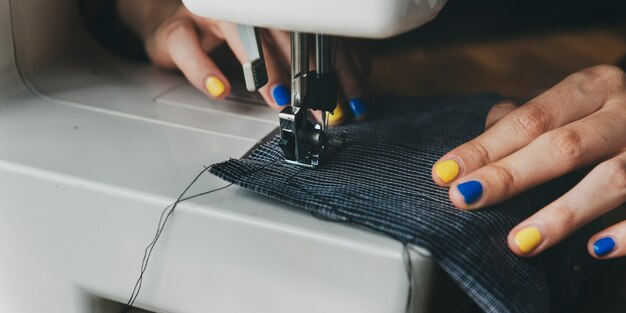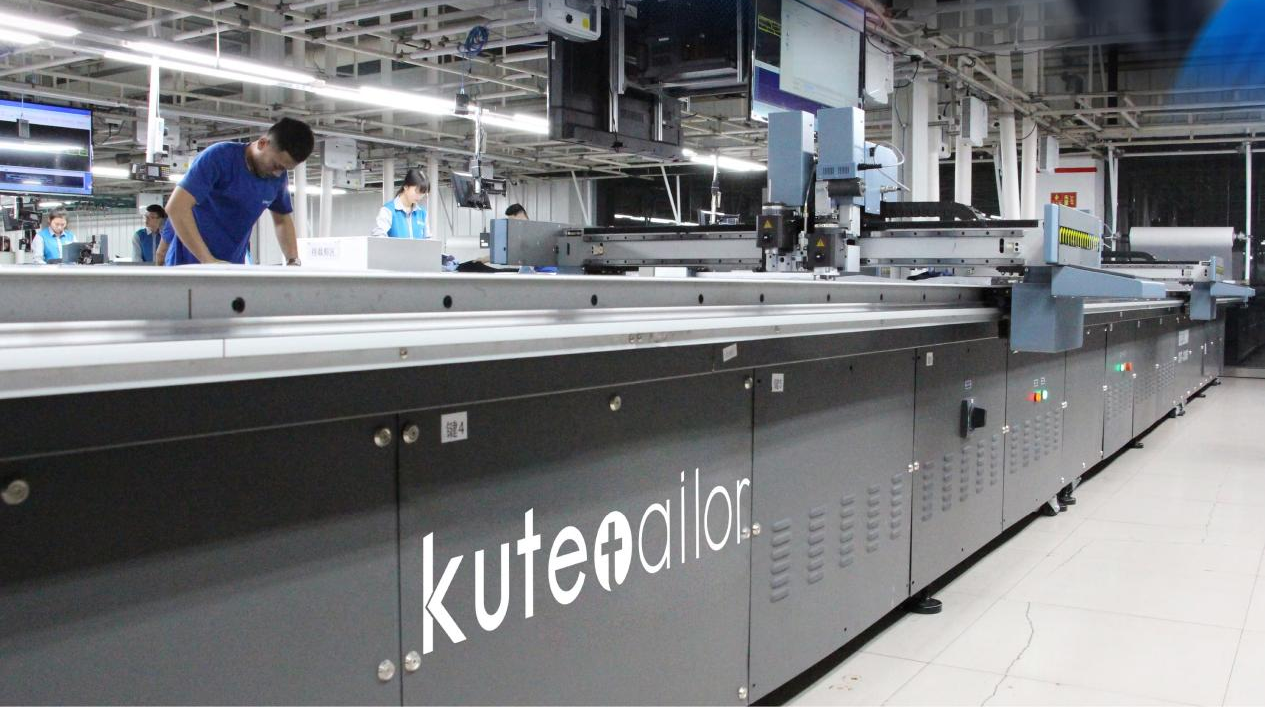
The garment manufacturing industry is quite vast, with different countries contributing to the production meant for meeting the needs of brands worldwide. Whether you are a fashion startup or a large multinational brand, choosing the right manufacturing country is critical to achieving cost-effectiveness, high quality, and timely delivery. In this article, we go into an overview of the top clothing manufacturing countries in the world, as well as the things to consider when selecting a manufacturing partner for your brand.
China is still the biggest player and most influential in the clothing manufacturing industry. It produces the maximum number of garments globally. Its manufacturing capacity is unmatchable on a larger scale.
Key strengths of China’s clothing manufacturing industry:
· Scale and volume: China is able to manufacture both at small and high volumes of garments, making it ideal for fast fashion and bulk orders.
· Advanced Technology: It's leading in countries with automation, textile machinery, and smart manufacturing features that ensure efficiency and consistency.
· Cost-effectiveness: Production costs are competitive in China while the quality remains high, hence it is a main contracting state for brands around the world.
· Field experience: From luxury clothing to everyday wear, garment factories of China cover almost all types of products. This makes China a great destination for custom clothing manufacturers looking to scale their operations.

Bangladesh has gained tremendous momentum as one of the most cost-effective clothing manufacturing bases in the world. Low labor costs and a huge young workforce make Bangladesh quite ideal for brands seeking low-cost garment production. During the last few years, Bangladesh has emerged as one of the major exporters of clothes, especially in the fast-fashion segment.
Key strengths of Bangladesh’s clothing manufacturing industry:
· Low labor costs: One of the most inexpensive countries for garment productions, hence suitable for bulk orders in the fast fashion industry.
· Large workforce: It has a considerable amount of highly skilled and young labor that is experienced in garment manufacturing.
· Growth potential: Bangladesh's apparel export is growing day by day. Big global brands are attracted to this due to its affordable, superior quality production.
Vietnam is rapidly emerging as a strong competitor in garment manufacturing worldwide. It is turning out to be one of the favorite destinations, as its low labor cost has become combined with rising quality standards.
Key strengths of Vietnam’s clothing manufacturing industry:
· Skilled labor: It has an increasingly skilled workforce in Vietnam that is rapidly improving its high-end garment production capabilities.
· Competitive costs: Labor costs are generally low, which makes it a popular destination for global brands.
· Sustainability focus: Most Vietnamese manufacturers opt for eco-friendly production methods, making them particularly attractive to brands with sustainable development agendas.
India has a great historical background in textile production and remains one of the world's major textile producers. Being acknowledged as one of the finest cotton producers and qualitative fabrics, India skillfully combines traditional craftsmen and state-of-the-art manufacturing technologies to be amongst the top destinations for all possible ranges of apparel products.
Key strengths of India’s clothing manufacturing industry:
· Rich textile heritage: The textile industry in India is deeply rooted in traditional techniques and craftsmanship that add to the quality in garments.
· Large cotton production: India is the second-largest producer of cotton, which fuels its garment manufacturing industry.
· Competitive pricing: India offers competitive production costs without compromising on the quality standards, making it a strong contender in the global market.

Italy is synonymous with luxury fashion and high-quality garment manufacturing. While it is not as large as China or Bangladesh in volume, Italy nevertheless remains a leader in producing high-end clothing and fabrics. Italian manufacturers put much emphasis on quality, design, and craftsmanship, making the country one of the top destinations for luxury apparel brands.
Key strengths of Italy’s clothing manufacturing industry:
· Luxury focus: Italian industries create high-fashion garments as well as luxury fabrics, thus being a desired destination for premium brands.
· Innovative design: Italian manufacturers are known for modern design, innovative textiles, and craftsmanship; they thus set trends in the global fashion industry.
· Sustainability: Many manufacturers in Italy stress eco-friendly practices, thus being a sustainable option for the manufacturing of luxury fashion brands.
During the last two decades, Turkey has emerged as a major player in apparel manufacturing, especially for brands catering to European markets. The country provides a combination of traditional craftsmanship and modern technology, enabling it to produce quality garments at competitive prices. The strategic location of Turkey between Europe and Asia offers significant logistical advantages as well.
Key strengths of Turkey’s clothing manufacturing industry:
· Proximity to Europe: Due to its geography, Turkey has shorter shipping times to most European countries, making it a hub for brands that want to service the European market.
· Diverse production: This country can produce high-value and high-volume garments, hence being diverse in its production.
· Skilled labor: Turkish manufacturers have developed a great reputation in the field of textiles, hence producing high-quality garments.
The United States continues to be one of the important producers of textiles and garments, especially in high-quality fabrics, sportswear, and specialized textiles. While domestic production has fallen off sharply due to high labor costs, the U.S. is still leading in innovation, textile research, and development.
Key strengths of the U.S. clothing manufacturing industry:
· Innovation: The US is a heavy investor in research and development in textiles and this results in technology leading in garment manufacturing.
· High-quality textiles: recognized for high-quality fabrics, as well as specialized garments such as active sportswear and technical clothing.
· Strong domestic market: the US is a major market for its own domestic apparel production in sportswear and casual wear. This makes it a strong choice for custom formal wear manufacturing.

Indonesia is turning out to be an increasingly important player in the world clothing manufacturing industry, especially for casual wear, sportswear, and textiles. The country enjoys relatively low labor costs, a growing workforce, and a strategic location in Southeast Asia.
Key strengths of Indonesia’s clothing manufacturing industry:
· Skilled workforce: Indonesia offers a growing labor force skilled in producing textiles and garments.
· Cost-effective production: Indonesia offers competitive labor costs, which appeal to brands looking for affordable production options.
· Diverse production capabilities: Indonesian manufacturers are capable of producing a wide variety of garments, including sportswear, casual wear, and accessories.
The textile industry in Pakistan is strong, with a predisposition towards cotton-based garments. It is amongst the largest producers of cotton and has established itself as a key supplier of textiles and garments to international markets.
Key strengths of the clothing manufacturing industry in Pakistan:
· Cotton production: As the fourth-largest cotton producer globally, Pakistan plays an important role in the global textile industry.
· Affordability: Labor costs are low, making it an attractive option for brands looking to cut production costs.
· Specialized textiles: Pakistan excels in producing cotton garments, yarn, and textiles, often for high-volume orders.
Mexico is an increasingly popular destination for clothing manufacturing, particularly for U.S.-based brands. Its proximity to the United States, combined with affordable labor costs and trade agreements like USMCA, make it an attractive option for nearshoring.
Key strengths of Mexico’s clothing manufacturing industry:
· Proximity to the U.S.: Because of its location, goods can be shipped to U.S. retailers in record time and at a lower cost.
· Trade agreements: USMCA provides manufacturers with trade advantages like low or no tariffs for textiles.
· Competitive pricing: At attractive prices, Mexico can deliver quality goods without compromising on quality, making it a popular destination for fashion brands.
The selection of a country to manufacture clothing should be balanced between cost and quality. For example, although countries like China and Bangladesh offer low-cost productions, countries like Italy and the U.S. provide high-quality and luxurious fabrics.
Ensure the country you opt for applies ethical labor practices and maintains a safe working environment. Countries such as Bangladesh and Vietnam are improving their labor conditions, but due diligence must be followed.
Countries such as China and the U.S. are leading in technological advancement and offer value propositions that enhance the industry in terms of quality and efficiency.

The unparalleled production scale of China enables it to meet the demand for both large and small clothing brands by offering bulk production and specialized products, making it ideal for custom Smart Casual manufacturing needs.
China is a leader in automation and smart manufacturing, which greatly enhances production efficiency and garment quality.
With an established supply chain and cost-efficient production capabilities, China can produce high-quality garments at competitive prices.
China's factories can produce everything from high-end items to fast fashion. This meets a wide array of global brand needs, including made-to-measure suits online and other specialized orders.
Support from the government for the textile and garment industries, with export-oriented policies, has helped China maintain its hub position for garment production globally.
When choosing a country for clothing manufacturing, it’s essential to consider cost, quality, labor conditions, and technological advancements. While many countries offer unique advantages, China stands out as the global leader in clothing manufacturing. With unmatched production scale, advanced technology, cost-efficiency, and extensive expertise across diverse garment types, China provides the ideal solution for brands of all sizes.
As a Chinese clothing manufacturer, we pride ourselves on delivering high-quality products tailored to your brand’s needs. Whether you’re looking for bulk production, custom designs, or niche, high-quality apparel, China’s established supply chain and manufacturing expertise make it the perfect choice. Partner with us, and let’s bring your vision to life with efficiency, reliability, and excellence.
China is the best overall for clothing manufacturing due to its scale, cost-efficiency, and diverse production capabilities.
Italy is known for producing the highest quality clothing, especially luxury garments, thanks to its craftsmanship and premium materials.
The top 10 are:
1.China
2.Bangladesh
3.Vietnam
4.India
5.Italy
6.Turkey
7.United States
8.Indonesia
9.Pakistan
10.Mexico
Yes, small brands can compete by finding manufacturers that offer flexible terms of collaboration, such as those in Vietnam and Mexico. China is also a possibility.
Bangladesh and China are the best countries for fast fashion because the labor costs are low there, while the pace of production is fast.